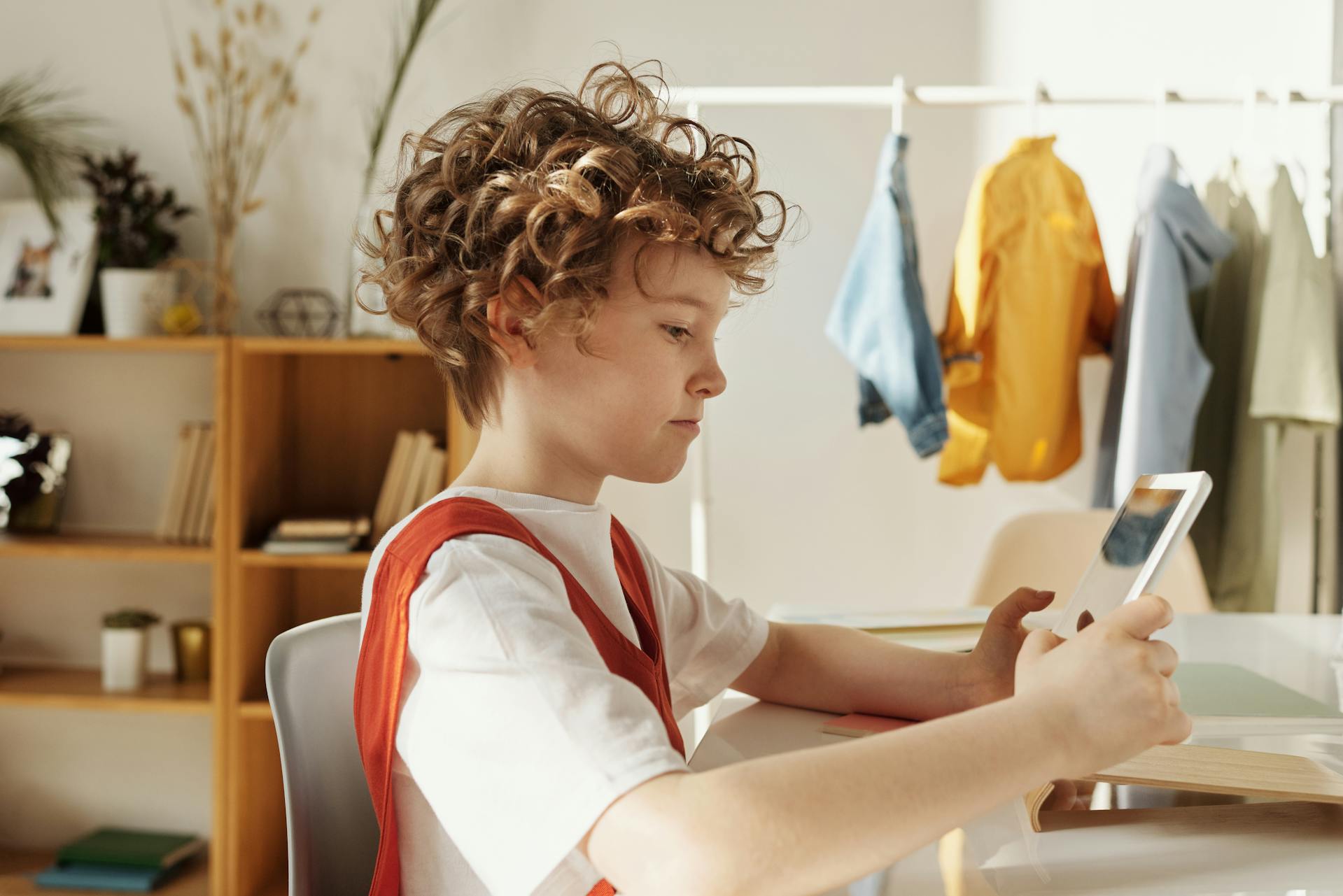
Screen Time Struggles: Finding a Healthy Balance for Young Kids
In today’s world, screens are everywhere. Tablets, phones, TVs, and computers are a part of daily life. While technology can be educational and enjoyable, excessive screen time can pose a challenge for parents of young children.
Finding a balance that works for your family is key to keeping kids engaged in the real world while still enjoying the benefits of technology. Here’s how to create a healthy approach to screen time in your home.
Why Screen Time Can Be a Struggle
Screens can be incredibly entertaining, which makes them hard for kids to turn off. You may notice tantrums when it’s time to put the tablet away or see your child zoning out in front of a show instead of playing. Too much screen time can lead to sleep issues, less physical activity, and fewer real-world interactions. But the good news is that with a few simple strategies, you can help your child enjoy screens in a balanced way.
Set Clear Limits
Young children do best with clear, simple rules. Decide how much screen time is right for your family and stick to it. The American Academy of Pediatrics recommends no screen time for babies under 18 months (except video chatting) and up to one hour per day of high-quality programming for kids ages 2 to 5. For older kids, it’s about finding a healthy balance between screens and other activities.
Consider creating a daily or weekly screen time schedule. For example:
- 30 minutes after school for a favorite show
- 20 minutes of an educational app while dinner is cooking
- A movie night on Fridays as a family treat
Use Tech as a Tool, Not a Babysitter
Handing a tablet when you need a break is tempting, but screens shouldn’t replace playtime, outdoor activities, or hands-on learning. Try using screen time as a tool—such as watching an educational show about animals before visiting the zoo or looking up a science experiment to try together.
When possible, view with your child. Watching together allows you to discuss what they’re seeing and learning. If they’re using an app, ask questions about what they’re doing and why they like it.
Create Screen-Free Zones
Setting boundaries around where screens can be used helps create a healthy routine. Try keeping certain areas of your home screen-free, such as:
- The dinner table: Encourage family conversations instead.
- Bedrooms: This helps promote better sleep.
- Outdoor spaces: Let kids focus on exploring and playing.
You can also have screen-free times, like an hour before bedtime, to help kids wind down.
Encourage Other Activities
Excessive screen time can detract from activities that are essential for a child’s development, such as playing outdoors, reading, and engaging in creative play. To make reducing screen time easier, offer fun alternatives such as:
- Arts and crafts: Set up a coloring station or play with clay.
- Outdoor play: Go for a walk, ride bikes, or play with a ball.
- Sensory play: Try kinetic sand, water play, or a simple bin of rice with hidden toys.
- Books and puzzles: Visit the library to explore new books.
Having a variety of engaging activities ready to go can make kids less likely to ask for their tablets and phones.
Be a Role Model
Kids learn by watching their parents. If they see you scrolling on your phone all the time, they’ll want to do the same. Try setting your own screen limits, like putting your phone away during meals and spending more time being active together. Show them that there’s a whole world to enjoy beyond the screen.
Make Screen Time a Positive Experience
Screen time isn’t all bad! It can be an excellent way for kids to learn and connect with the world. The key is choosing high-quality, age-appropriate content. Look for apps and shows that encourage creativity, problem-solving, and interaction rather than passive watching.
Finding the right screen time balance doesn’t mean entirely cutting out screens. It’s about setting limits, encouraging other activities, and ensuring the content is both positive and educational. Every family is different, so do what works best for you. With a little planning, you can help your child enjoy screen time in a healthy way while still exploring, playing, and learning beyond the screen.
For more information like this, please visit AMC blogs.
By: Melissa A. Kay

